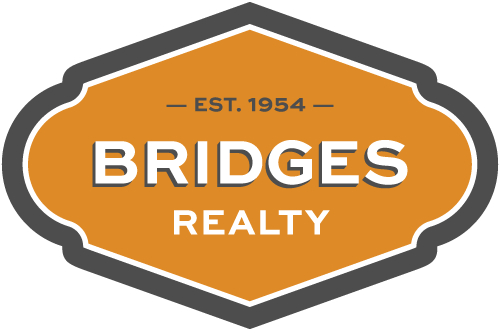People are always looking for a "down and dirty" way to determine a home's value. Square footage seems to be one of the most common things people use, whether they are buyers, sellers, or real estate agents. While it seems straight forward, several variances can lead to inaccurate determinations.
The market data approach to value uses similar properties in size, location, condition, and amenities to compare with the subject to arrive at a price. Differences in any of these things can affect the price per square foot. Appraisers are trained and licensed to make these adjustments, but the differences are not necessarily objective, and that is where opinions start to influence the value.
Even if a person were to make accurate adjustments, they would be based on assuming that the square footage of the comparable properties is correct. That leads to the next area of concern: how was the subject property measured.
It is common to measure the outside of the dwelling on detached housing. Is it customary to include porches and patios under the roof, and if so, do they get full value or only partial value? Is there any value given to the garage since it isn't a living area? What about other areas that do not have HVAC coverage?
Some areas don't give consideration to basement square footage at all. Others might give some value if it is finished or has access directly to the outside like a walk-out basement. Similarly, attic space could be finished and under HVAC, but if the ceiling height is not standard for the home, it may not receive value.
The problems become exacerbated when different comparables are not treated consistently, and yet the common denominator ends up being an average of each's square foot price. This is calculated by taking the sales price and dividing it by the number of square feet being quoted.
The source of the square footage should be listed to help determine the accuracy. It could be what the builder said it was to the original purchaser. If there is a set of plans available, that might seem credible, but it is not uncommon for the builder to make changes while the home is being built, increasing, or decreasing the square footage.
Another source is the tax assessor. In many cases, they don't measure the home but take the builders or appraisers' word for it. If permits were obtained to add on to the home since it was built, it should be reflected in the square footage. However, sometimes permits are not appropriately secured.
After reading this, you may think that more doubts have been introduced than solutions, and you are correct. It takes diligence on the part of all parties to determine the right amount. The most highly trained person will be the appraiser, and they should be measuring the home in its "as is" condition but understand that even a competent person can inadvertently make a mistake.

